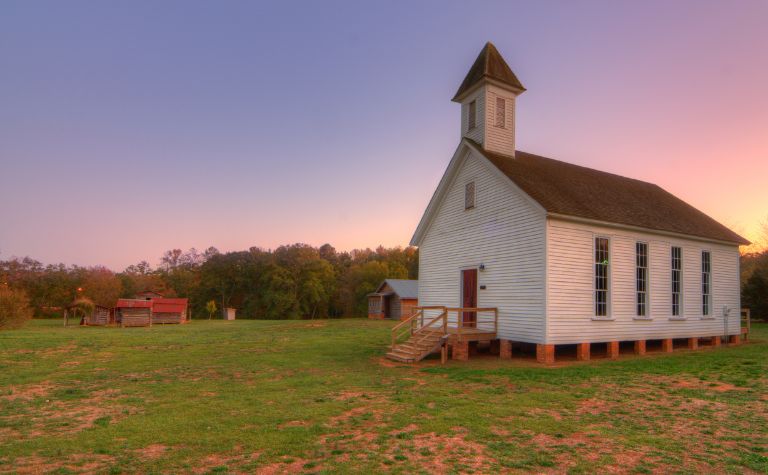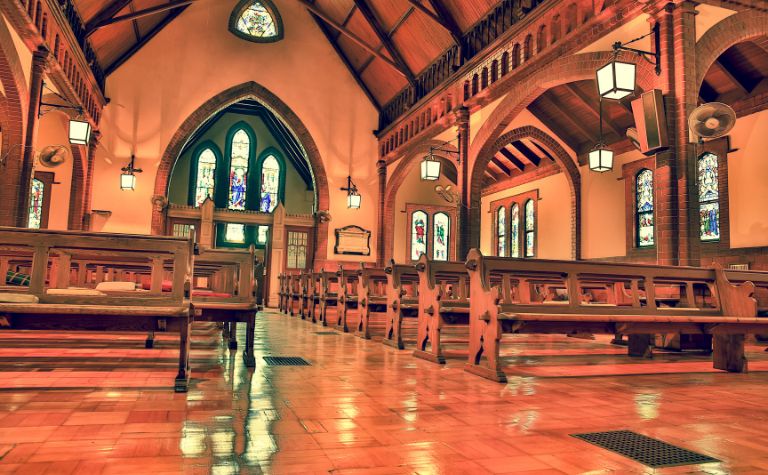It’s crucial to explore historical and current perspectives to understand the Presbyterian view on dancing. Knowing how this view has evolved provides valuable insight into this denomination’s approach to religious practices and cultural adaptations. Let’s delve into these perspectives.
Historically, Presbyterians viewed dancing with skepticism. Today, many churches don’t prohibit it, focusing instead on the intention behind the dance. Practices vary across congregations, and liturgical dance is accepted in some churches.
What is the history of the Presbyterian view on dancing? Is there a difference between the traditional and modern views? How do Presbyterian convictions about dancing compare to other denominations? Keep reading to learn the answers to these questions and more.
Also, see What Do Presbyterians Believe? to learn more.

Presbyterianism and Dancing: Historical and Current Perspectives
Historically, attitudes towards dancing within the Presbyterian community have been largely conservative.
Stemming from the Scottish Reformation, early Presbyterianism held a strong belief in the separation of secular and sacred activities.
Dance, often associated with secular celebrations, was therefore viewed with some skepticism.
However, these attitudes have evolved over time. Today, many Presbyterian churches don’t have explicit rules prohibiting dance.
Rather, they place importance on the intention behind the action. If dance is seen as a form of joyful expression, worship, or fellowship and does not contradict biblical teachings, it is often accepted.
Some Presbyterian churches even incorporate liturgical dance into their worship services. Liturgical dance is a type of dance used as a prayer form or to enhance the understanding of the scripture and worship.
This practice varies widely across congregations and is often dependent on cultural and regional practices.
It’s crucial to remember that Presbyterianism, like many denominations, isn’t monolithic. Differences exist between and within Presbyterian denominations worldwide.
Therefore, while some Presbyterian congregations are more open to dancing, others may hold more traditional views. As always, it is encouraged to seek guidance from local church leaders for specific questions related to practice and doctrine.
Also, see Christian Denominations Compared to learn more.

Dancing in Other Christian Denominations: A Comparative View
To better understand Presbyterian perspectives on dancing, it’s helpful to compare them with those of other Christian denominations.
You’ll find many views within the Christian community, reflecting the diverse interpretations of biblical teachings.
In many Protestant denominations, similar to Presbyterianism, there isn’t a strict prohibition against dance. Instead, the context and intent behind the dance are often the focus.
For example, Baptists and Methodists typically allow dancing, especially when it’s a part of worship or celebrations, but discourage it when associated with potentially negative influences.
On the other hand, Pentecostal and Charismatic churches often incorporate dance into their worship services as a form of spiritual expression. Dance is seen as a manifestation of the Holy Spirit and an integral part of their worship experience.
In contrast, while not prohibiting dance outright, the Roman Catholic Church has traditionally held reservations about its place within liturgical contexts, preferring more solemn forms of worship.
However, it’s important to emphasize the considerable variation within these denominations, much like in Presbyterianism. Factors such as geographical location, cultural context, and individual interpretation play significant roles in determining a congregation’s specific practices and attitudes toward dance.
Comparing these varied perspectives, it becomes clear that the question, “Are Christians allowed to dance?” can’t be answered with a simple ‘yes’ or ‘no.’
The answer lies in the nuanced interpretations of scripture, cultural practices, and individual beliefs that make up the rich tapestry of the Christian faith.
Also, see What’s the Difference Between Presbyterian and Roman Catholic? to learn more.

Understanding Presbyterian Beliefs and Practices
Presbyterianism, a branch of Protestant Christianity, holds a significant place in the global Christian community. The denomination takes its name from the Greek word “Presbyteros,” meaning elder, pointing to its unique church governance structure led by elected elders.
One fundamental aspect of Presbyterianism is the doctrine of “Sola Scriptura” or “Scripture Alone,” which asserts that the Bible is the ultimate authority for faith and practice.
This principle implies that any practice or belief should have a biblical basis or, at the very least, not contradict biblical teachings.
Presbyterian worship tends to focus on the preaching of the Word and the sacraments of baptism and the Lord’s Supper. These services are often characterized by their simplicity and decorum, reflecting a belief in the gravity and seriousness of worship.
However, it’s essential to note the considerable variation across different Presbyterian denominations, stemming from cultural, historical, and regional influences.
These variations can lead to differences in worship style, liturgy, and even views on certain practices, such as dancing.
Conclusion
In exploring the question, “Are Presbyterians allowed to dance?” we’ve traversed the terrain of history, doctrine, and cultural practice within the Presbyterian denomination. The conclusion we’ve reached is not black-and-white.
While historical Presbyterianism exhibited a conservative stance towards dancing, contemporary practices reveal a more nuanced perspective that often depends on the intention behind the dance.
Comparing these views with other Christian denominations, we see a broad spectrum of beliefs regarding dance.
From Protestant denominations focusing on the context of dance, Pentecostal and Charismatic churches embracing dance as spiritual expression, to the Catholic Church’s traditional reservations – the diversity is evident.
However, the overarching thread that binds these varying views together is the belief in the authority of scripture, respect for cultural contexts, and the pursuit of meaningful, devout worship.
As such, the answer to whether dancing is allowed in any Christian denomination, including Presbyterianism, often relies more on the spirit of the act rather than the act itself.
In conclusion, understanding the complexities within Presbyterian practices like dancing serves as a reminder of the rich diversity within the Christian faith. It underscores the importance of dialogue, empathy, and mutual respect as we navigate the intersections of faith, culture, and personal belief.
Also, see What’s the Difference Between Presbyterian and Episcopalian? to learn more.
Related Questions
Explore the rich diversity of Christian denominations. Learn how varied beliefs, practices, and traditions shape the Christian faith. Understanding these differences can deepen your insight into...
The Roman Catholic and Presbyterian branches of the Christian faith trace their origins to Jesus of Nazareth and his apostles, as well as their writings that comprise most of the New Testament. There...
